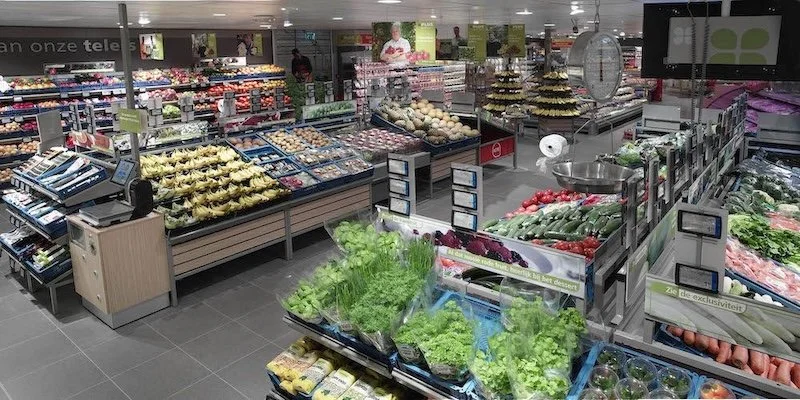Ady Collins, Chief Operating Officer, Patchworks: E-commerce was just warming up in 2022
The pace of tech advancements and customer expectations will continue to drive e-commerce evolution in 2023. The challenge for businesses is to connect systems, data and insight across an increasingly complex and diverse tech stack.
The most dynamic e-commerce businesses are maximising return on investment by building best-of-breed stacks based on the concepts of composable commerce, business intelligence, and omnichannel strategies with the most complex integrations looked after by an integration platform as a service.
Some of the biggest shifts in e-commerce will be around technology, data, customer experience and marketplaces:
Composable commerce has been a popular buzzword in 2022, and will continue its momentum in 2023. Tech teams that have a composable stack are capable of delivering quicker and more effectively to the business.
Think of it like Lego; by embracing a composable architecture, e-commerce pros can take out one piece and replace it with something else.
But if it’s not composable, you have to change the entire picture. If you’re going to break things into parts, you of course need a way to connect everything back together – integration.
Low-code-no code platforms and tools are all about making it easy for non-tech workers, which means e-commerce businesses can easily adopt new tech platforms.
Next generation low code, no-code technology will play a key role in helping non-tech teams deliver integrated services and circumvent certifications without having to beef up their resources.
Data integration and analytics allow brands to act more intelligently and help businesses lower costs. The ability to allow data to flow seamlessly from where it is, to where it’s needed is now vital for e-commerce success.
It’s more important than ever to have the right information when it’s needed to be able to make a difference in the organisation.
Whether that’s through operational efficiencies, sales, marketing or customer engagement. Only efficient integration can allow the data to be consolidated and transposed.
Business Intelligence – Brands need to consolidate data from different parts of the organisation into one place and make it visible for you to gain operational efficiencies.
A business intelligence system will make data available to store associates and customers which is a game changer for e-commerce success. Brands need to have that data available when they need it, where they need it, which is powered by integration.
When a customer is on a journey with a brand, they are interacting with many different systems and this brand must maintain consistent communications with the customer across all systems.
This might be receiving an email message from the brand, or walking into the shop, or looking at their online store, or interacting with the brand on social media.
All of these different places where the customer has a connection with the brand, they need to have information about them, to personalise or improve the journey with the company. Integration provides the highway that takes data from the back and puts it at the front.
Marketplaces will continue to be a major trend for 2023. With greater pressure for brands to sell, in the cost-of-living crisis, they need to be able to display these products and catch customers wherever they’re shopping.
That requires them to start partnerships with public and private marketplaces, to sell under their banner. Widen the channels you use intelligently to capture more customers.
That includes social and traditional platforms such as TikTok Shop, or Amazon. As TikTok, especially, prepares for in-app shopping, this will be a major moment in the evolution of social commerce.
But the main challenges for retailers will be to ensure effective integration that ensures they can reach more customers. Rushing into marketplaces will need some careful navigation, with key considerations for success.
As society increasingly moves to an integrated omnichannel world of digital and physical commerce, an integration strategy that allows for fast change and easy composability will become a key pillar of successful businesses.















Continue reading…